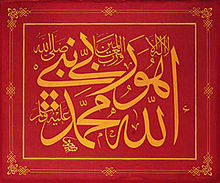You can read the full text of the article here.
The tone of the article is overwhelmingly positive. While it is admitted that an unimaginative design is a detriment whether the cover is imagistic or typographic, Saller also asserts that "Even when the title lacks pizazz, typography can deliver it."
 |
| "Smoke Screen" by Maciunas |
All of this ties in to a small but sturdy volume I picked up at a used bookstore this weekend. The book is called Thinking with Type: A Critical Guide for Designers, Editors, & Students. I haven't had a chance to give it a thorough going-over yet, but looking at its index, Maciunas's name does not appear. His influence, however - through the mashed-up type style and stark use of Helvetica and other sans-serif fonts - is definitely felt.
Certainly Maciunas was not the only one to use this approach. Kurt Schwitters, Russian Constructivists, and the Bauhaus all developed versions of this type-heavy graphic style. Using words as art, with either one or no graphic elements besides, is a long-standing mode of expression.
And this finally makes me think of Islamic art, where very often no graphic expression besides the words of the Qur'an themselves is allowed.
The West, in many respects, is an image-dense culture. It is interesting to see the way in which these text-dense approaches can catch us by surprise or strike us as a novelty. We seem to naturalize the image as the norm, and imagine text as the substrate of our visual lives. As these several examples show, this is hardly the actual case.




